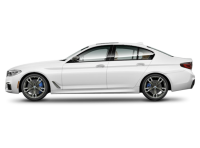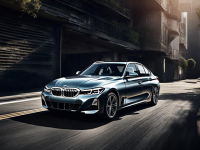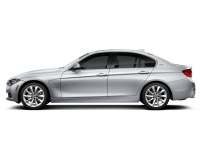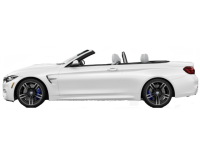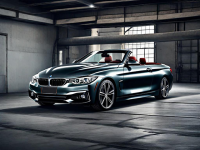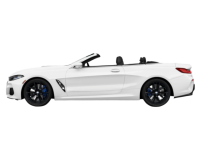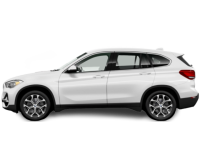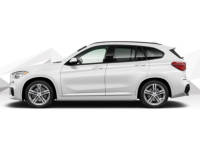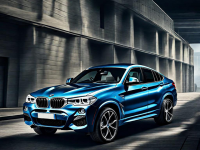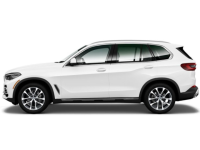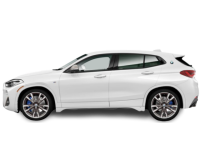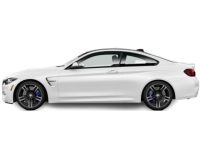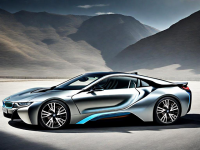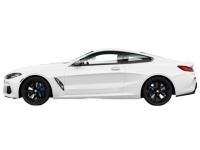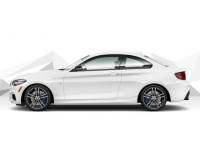New BMW Cars
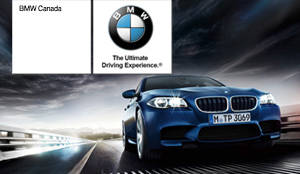
BMW Canada
BMW is a German manufacturer of sports-luxury automobiles and utility vehicles as well as motorcycles. From roadsters to crossovers, BMW are typically recognized for their performance, handling and luxury appointments. The famous M division handles the brand’s ultra-high-performance models.
The Bayerische Motoren Werke company was established in 1917, building engine for military aircrafts. They started producing motorcycles in 1923 and automobiles in 1928. Through the acquisition of another company, the first BMW model was called the 3/15, a 4-cylinder, 2-door hardtop.
The ‘30s brought several new models such as the 6-cylinder 303, a mid-size sedan that introduced the brand’s famous kidney grille. Others followed, such as the compact 321 and the 328 convertible sports cars.
After WWII, BMW was in a financial crisis; they decided to purchase the license and tooling for the Isetta microcar from Italian firm Iso. A four-seat version named the 600 also appeared. Meanwhile, the 501 was introduced in 1952, followed by the 502 which featured a V8 engine, the first for a German manufacturer after the war. The 503 and 507 roadsters also appeared from 1956 to 1959. The compact, rear-engined 700 proved successful for BMW.
The New Class line of coupes and sedans arrived in the 60’s in a succession of model designations: 1500, 1502, 1600, 1602, 1502, 1800, 1802, 2000 and—the most famous of them all—the 2002 sport sedan, spiritual predecessor of today’s 3 Series. From the New Six line of cars came the famous 3.0CS coupe and CSL racing derivatives.
BMW’s single-digit series designations were born throughout the ‘70s, starting with the 5 Series, the 3 Series, the 6 Series and the 7 Series. In 1978, BMW’s most famous sports car was introduced, the mid-engined M1. It was sold until 1981.
In the eighties, the brand’s four main car lines soldiered on. The 3 Series, available in coupe, sedan, wagon and cabriolet body styles, added an all-wheel drive version called the 325iX, and the 7 Series received the company’s first V12 engine. Meanwhile, the M-branded performance models continued with the M5, the M6 and the M3. The Z1 roadster appeared in Europe in 1989, and that same year, the 8 Series coupé was launched in replacement of the 6 Series and enjoyed a 10-year production run.
The 3rd-generation 3 Series appeared in 1990, and soon after came a truncated liftback version called the 318ti. A new roadster was introduced in 1996 as the Z3, while a coupe version was also offered from 1999 to 2002. Both versions of the Z3 received their M-badge variant, called the M Roadster and M Coupé.
In the 2000s, the German brand released in limited-run Z8 roadster, launched the Z4 to replace the Z3, revived the 6 Series in coupé and cabriolet body styles and introduced the 1 Series coupé and cabriolet. BMW’s line-up also started to add sport-utility vehicles, such as the compact X3 as well as the mid-size X5 and X6. Hybrid versions were also developed, becoming the ActiveHybrid 7 and ActiveHybrid X6.
Today, BMW’s product range consists of the compact 1 Series and 3 Series, the mid-size 5 Series sedan and Gran Turismo hatchback, the 6 Series, the 7 Series sedan and ActiveHybrid 7, the X1, X3, X5, X6 and ActiveHybrid X6 crossovers and sport-utilities as well as the Z4 roadster. M-badged versions include the 1 Series M Coupé, the M3 in coupé, sedan and cabriolet formats, the M5, the X5 M and the X6 M.


